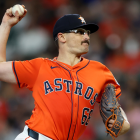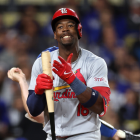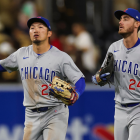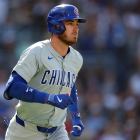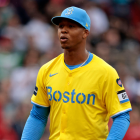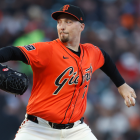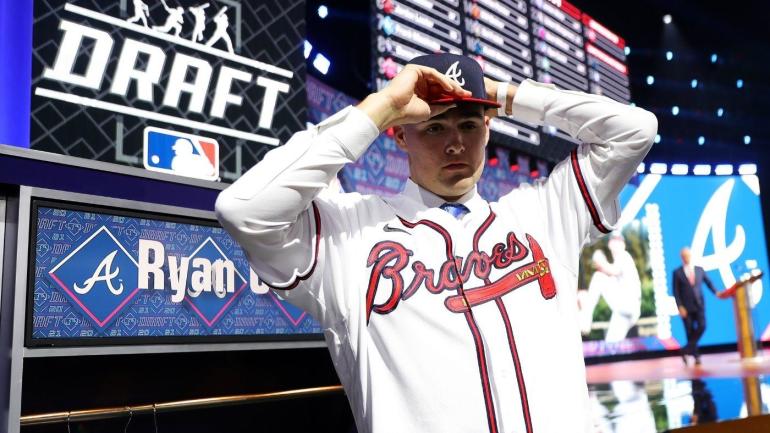
A strange trend has popped up across Major League Baseball since the owner-imposed lockout was lifted last week. Not one, not two, but three first-round picks from last summer's draft have been traded from their selecting teams to some other club: right-handed pitchers Gunnar Hoglund (from the Blue Jays to the Athletics in the Matt Chapman swap), Ryan Cusick (from the Braves to the Athletics in the Matt Olson deal), and Chase Petty (from the Twins to the Reds for Sonny Gray).
For a reference point on how odd that is, consider how only one first-round pick from the 2020 draft has been traded since they were selected -- and that's despite them having been in pro ball for an additional year. What, then, is causing teams to bid adieu to their latest top draft picks just eight months after choosing them?
"Because it's allowed now," one National League talent evaluator joked to CBS Sports.
There's often truth said in jest. Prior to 2015, Major League Baseball prohibited teams from trading their selected players within a year of the draft. Teams still traded their picked players, they just had to get creative about it by using the "player to be named later designation," which can stay in place for up to six months before the reveal. With picked players being tradable on any timeline, rather than on a six- or 12-month one, it was simply a matter of time before something like this week happened. (The lockout concentrating so much trade activity into a short amount of time also increased the likelihood of a pattern emerging, be it an imagined one or otherwise.)
The evaluator did offer a more serious explanation later on, saying that trading a recent draft pick allows the buying team to keep its prospects who are closest to the majors while still cashing in a valuable chit. To put it another way, if you're the Braves, why would you trade Spencer Strider -- someone who could contribute to your big-league roster in a meaningful way this season -- when you could instead trade Cusick, whose value might never be higher to other teams.
Another evaluator, for their part, theorized that some teams might trust their amateur scouting staff more than they do their professional scouting staff (or vice versa). If such an imbalance exists, it would explain how there could be a natural shift in their internal evaluations of players after they turn professional. That cuts both ways. Buyers might have remorse about who they selected, and sellers might regret not taking their new prospect with their first-round selection.
Whatever the exact reasoning for these moves, here's what you need to know about the three aforementioned traded players.
Blue Jays traded Gunnar Hoglund to Athletics, No. 19 pick
Hoglund never pitched for the Blue Jays or any of their affiliates. He won't pitch for any team in the A's organization for a while, either. That's because he underwent Tommy John surgery last May that will likely keep him on the sidelines into the summer. When healthy, Hoglund has shown high-grade command over a spin-rich arsenal, including a fastball that had gained velocity and a cutter-like slider. He has the potential to be a fast-moving middle-of-the-rotation starter, if not more.
Braves traded Ryan Cusick to Athletics, No. 24 pick
Cusick is a large lad with a big-time fastball that sits in the mid-to-upper 90s. His wipeout slider gives him a second above-average offering. What will dictate Cusick's ultimate role is the development of his changeup and his command. Of course, the game has changed in what teams value from starters, so it's at least conceivable that he could become a mid-rotation staple with just two good pitches. Cusick will still have to clean up his geography if he's going to maximize his raw arm talent.
Twins traded Chase Petty to Reds, No. 26 pick
Petty, the only prep arm of the three, struck out six of the first 21 batters he saw in pro ball. He has an electric arm, one that has allowed him to top 100 mph before. His slider also has putaway pitch potential. Scouts had reservations about his fastball's shape and whether or not he'll be a starter long-term because of his delivery. As a group, high-school right-handers have a poor hit rate. Petty will try to be an exception.















